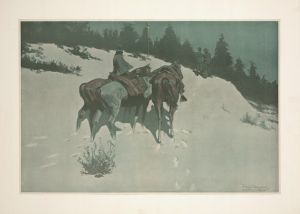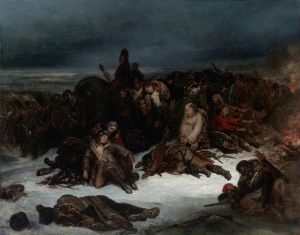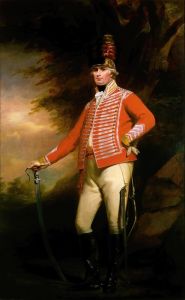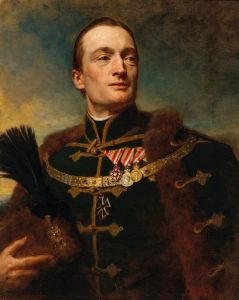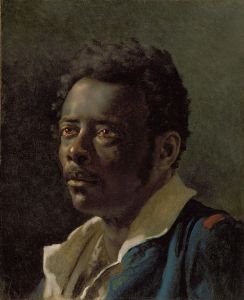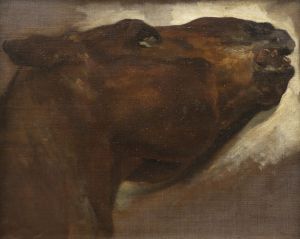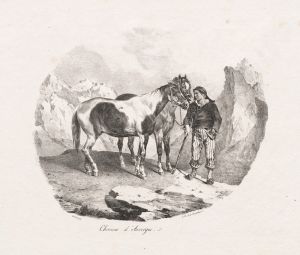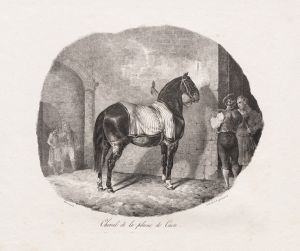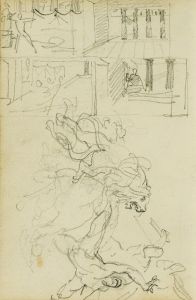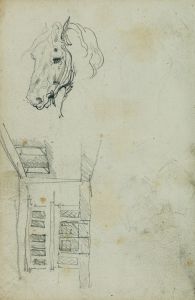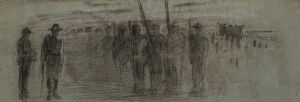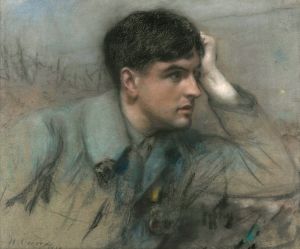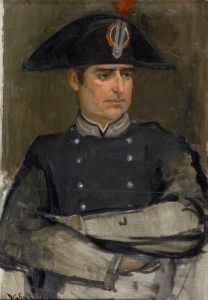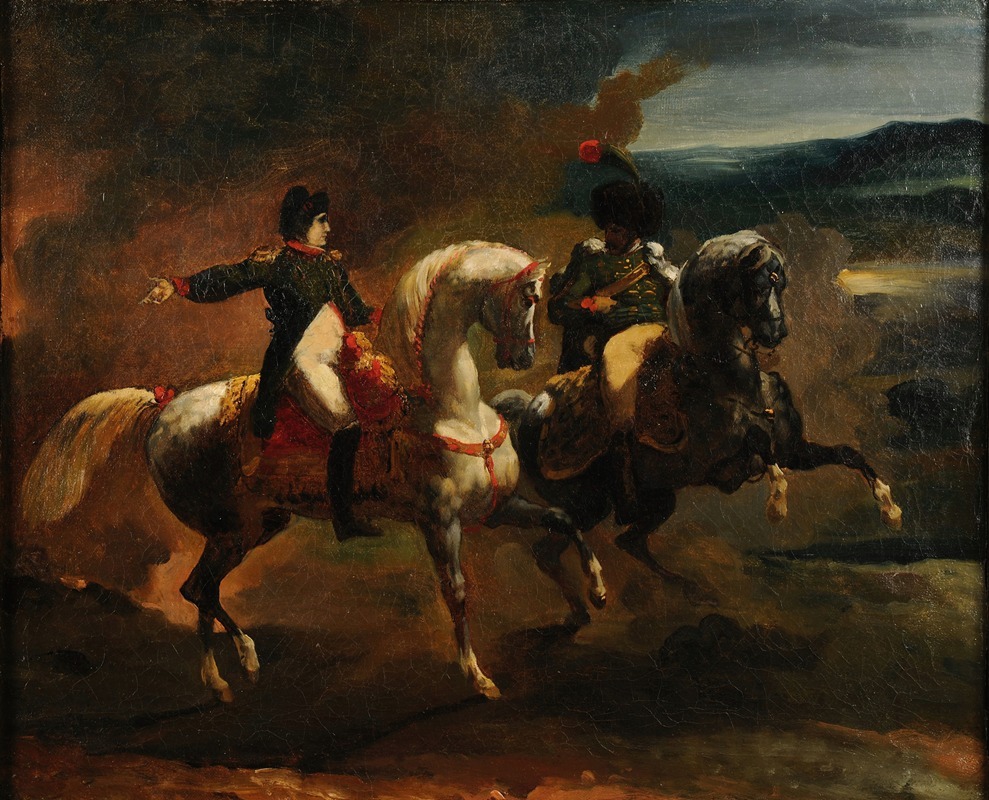
Napoléon donnant un ordre à un officier supérieur des Guides
A hand-painted replica of Théodore Géricault’s masterpiece Napoléon donnant un ordre à un officier supérieur des Guides, meticulously crafted by professional artists to capture the true essence of the original. Each piece is created with museum-quality canvas and rare mineral pigments, carefully painted by experienced artists with delicate brushstrokes and rich, layered colors to perfectly recreate the texture of the original artwork. Unlike machine-printed reproductions, this hand-painted version brings the painting to life, infused with the artist’s emotions and skill in every stroke. Whether for personal collection or home decoration, it instantly elevates the artistic atmosphere of any space.
Théodore Géricault, a prominent French painter and lithographer, is best known for his influential works during the Romantic movement. One of his lesser-known paintings, "Napoléon donnant un ordre à un officier supérieur des Guides" (Napoleon Giving an Order to a Senior Officer of the Guides), reflects his interest in military subjects and his admiration for the figure of Napoleon Bonaparte.
Géricault was born in 1791 in Rouen, France, and he showed an early interest in art. He studied under several artists, including Pierre-Narcisse Guérin, and was influenced by the works of the Old Masters as well as contemporary artists like Antoine-Jean Gros. Géricault's career was marked by a fascination with dynamic compositions and dramatic subjects, often focusing on themes of heroism and suffering.
The painting "Napoléon donnant un ordre à un officier supérieur des Guides" is believed to have been created around the early 19th century, a period when Géricault was deeply engaged with military themes. This work depicts Napoleon Bonaparte, the French military leader and emperor, in the act of giving an order to a senior officer. The Guides were an elite unit of Napoleon's army, known for their loyalty and skill, and they played a crucial role in many of his military campaigns.
In this painting, Géricault captures the intensity and authority of Napoleon, emphasizing his role as a decisive and commanding figure. The composition likely highlights the interaction between Napoleon and the officer, focusing on the moment of command, which was a significant aspect of military leadership during the Napoleonic Wars. Géricault's attention to detail and his ability to convey emotion through posture and expression are evident in this work, as in many of his other military-themed paintings.
Géricault's interest in Napoleon and military subjects can be seen as part of a broader cultural fascination with the Napoleonic era in France. Napoleon's rise to power and his subsequent military campaigns had a profound impact on French society and politics, and artists of the time often depicted scenes from his life and career. Géricault, like many of his contemporaries, was drawn to the drama and heroism associated with Napoleon's image.
While "Napoléon donnant un ordre à un officier supérieur des Guides" is not as widely recognized as some of Géricault's other works, such as "The Raft of the Medusa," it nonetheless contributes to our understanding of his artistic interests and the historical context in which he worked. Géricault's paintings often reflect a deep engagement with the events and figures of his time, and this work is no exception, offering insight into the ways in which art and history intersected during the Romantic period.
Overall, Géricault's portrayal of Napoleon in this painting exemplifies his skill in capturing the essence of his subjects and his ability to convey complex narratives through visual art. His works continue to be studied and appreciated for their technical mastery and their reflection of the cultural and historical milieu of early 19th-century France.





